The Māori Economy
The Economic Development Kotahitanga Board seeks to support the Māori economy in Kāpiti by fostering partnerships and collaboration to drive economic growth and development in the district.
The EDKB has three mana whenua representatives from Te Āti Awa ki Whakarongotai, Ngāti Raukawa ki te Tonga, and Ngāti Toa Rangatira on the board, supported by a larger Māori ecosystem across the motū.
The Māori economy is growing much faster than the rest of the New Zealand economy with an asset base of $68.7 billion, contributing $17 billion (2018) to the New Zealand economy with a growing number of Pakihi Māori.
Proportionately, the number of Pakihi Māori in Kāpiti is higher than the national average, supported by mana whenua, Te Wānanga o Raukawa, and an established Māori business network, Te Rōpu Pākihi.
Te Wānanga was established in 1981, making it the first Wānanga of Aotearoa, and pioneering the application of kaupapa, tikanga, kawa to the advancement of Māori within a contemporary education context.
As of March 2021, 13.7% of all businesses were Pakihi Māori in the Kāpiti Coast District, higher than the national average of 11%.
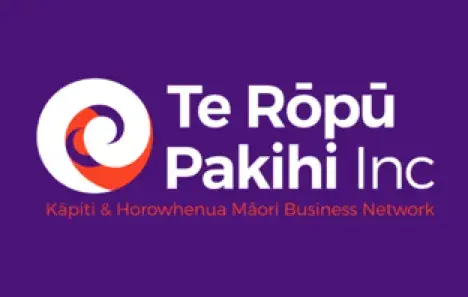
Te Rōpū Pakihi
Te Rōpū Pakihi (TRP) is the Kāpiti-Horowhenua Māori Business Network. The network was established in April 2001 by nine founding businesses, many of whom remain core members. Te Rōpū Pakihi believes that it is the influence of kaupapa tuku iho that makes our member businesses unique contributors to our community and economy.
Te Rōpū Pakihi provides a range of services to its membership including:
- regular business functions, events, and membership promotions;
- business mentoring, advisory and support services;
- business networking and whanaungatanga;
- business clinics and workshops
- business hot-desking and workspaces.
Te Rōpū Pakihi has its main office located in Ōtaki but supports Māori businesses in the wider Kāpiti Horowhenua region.
Te Wānanga o Raukawa is a tikanga Māori tertiary education provider based in Ōtaki, Aotearoa New Zealand.
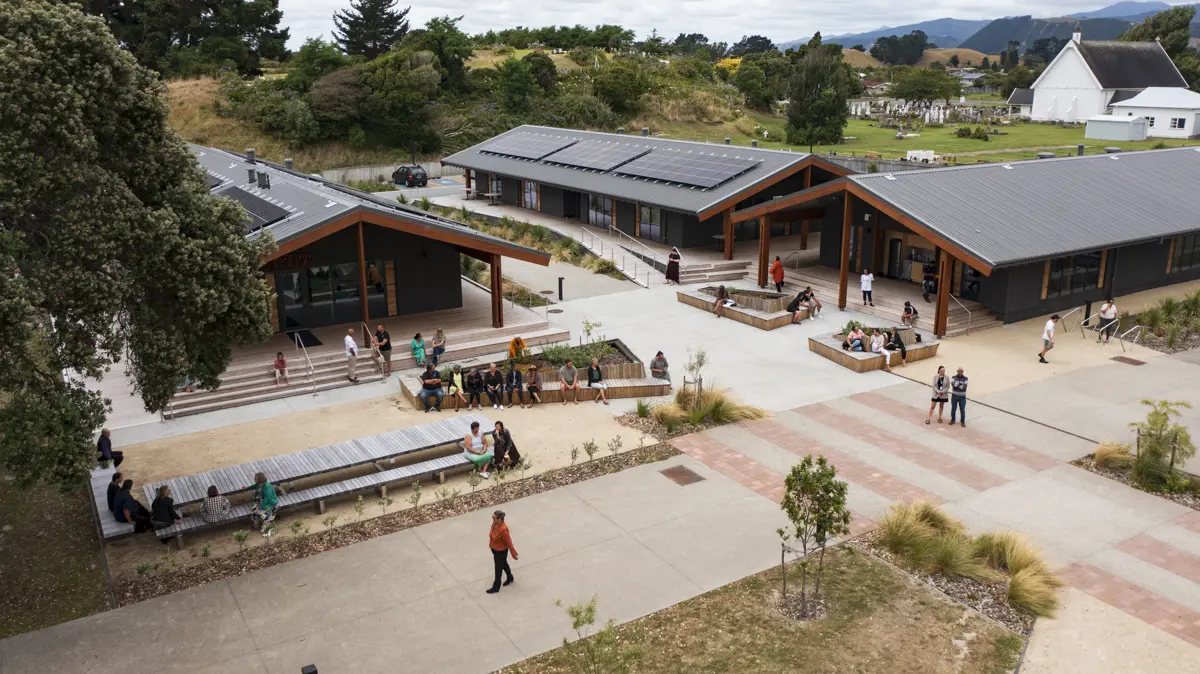
Hailed in 1981 as the 'smallest university in the world' Te Wānanga o Raukawa was established by the Raukawa Marae Trustees, starting with two students and now offers 46 stand-alone qualifications from certificate to master’s level, all aimed at developing and nurturing our people’s sense of identity as Māori while learning the knowledge and skills of a particular industry.
Qualifications are embedded with mātauranga Māori and most qualifications at diploma level and above include compulsory iwi and hapū, and te reo Māori studies.
Students learn from home while attending regular ‘noho’ or residential seminars on the award-winning campus having obtained architectural awards for several buildings including award submissions for the recent campus development that was designed using the internationally recognised ‘Living Building Challenge’ framework.
All certificate qualifications are offered FREE to NZ citizens and permanent residents and are a great introduction to Te Wānanga o Raukawa and the learning platforms.
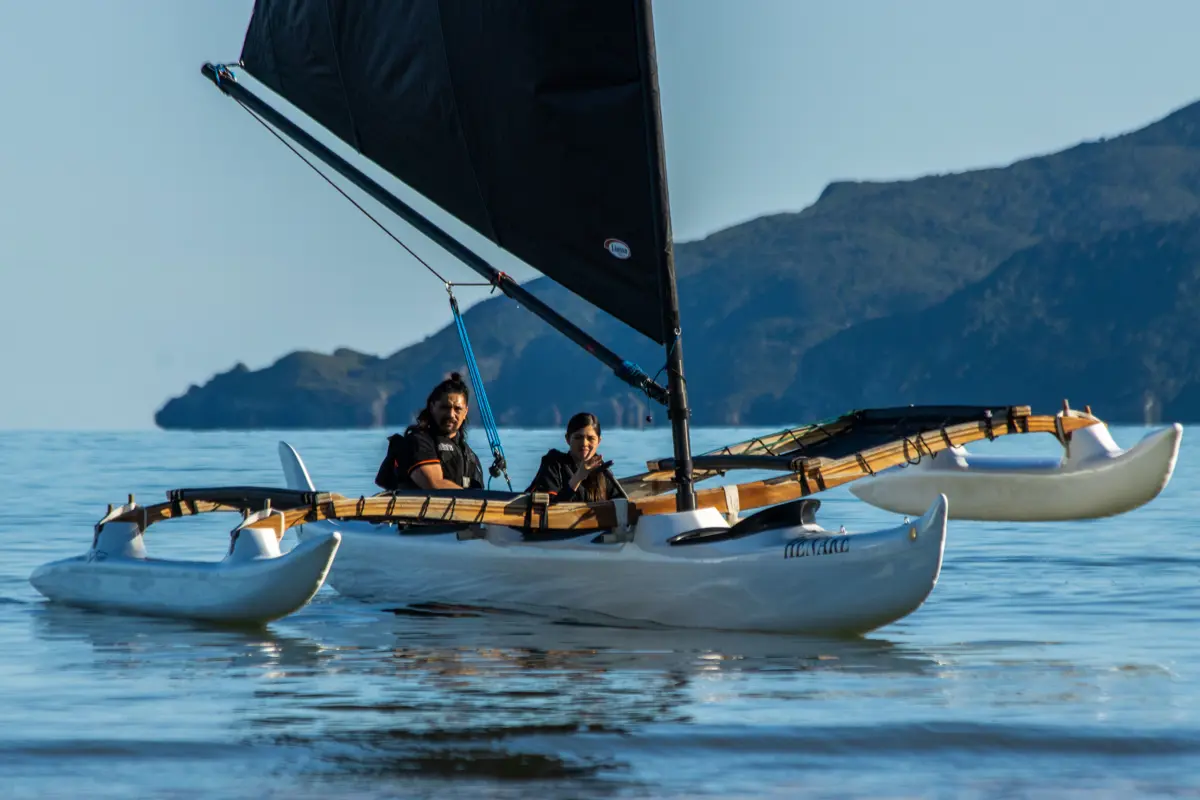
Managed by the Kāpiti Coast District Council’s Iwi Partnerships team, the Māori Economic Development Fund helps fund whānau, hapū, Iwi, mātāwaka and Pakihi Māori in Kāpiti to foster growth and empower Pakihi Māori.
The Pou Architecture Story
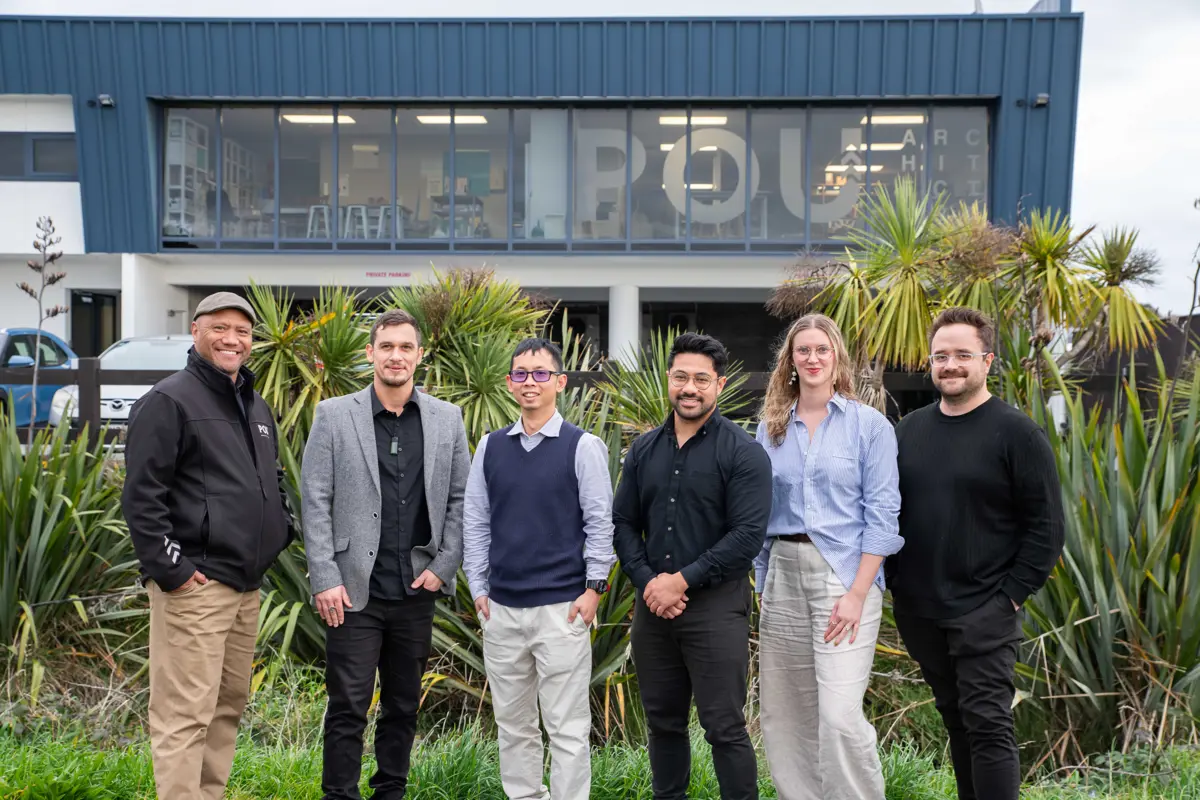
In a modern studio overlooking Paraparaumu’s growing town centre, Pou Architecture is busy carving out its unique path in Aotearoa’s construction design industry.
Māori and Pasifika-led, and one of Kāpiti’s latest emerging success stories, Pou Architecture combines high-end professionalism with cultural expertise.
Esekia Faiga, Whena Rikihana, and Dylan Majurey are directors of the Rimu Road based architectural firm, which uses a holistic approach that’s mindful of whanaungatanga and mātauranga Māori.
Mills Albert Limited Business Story
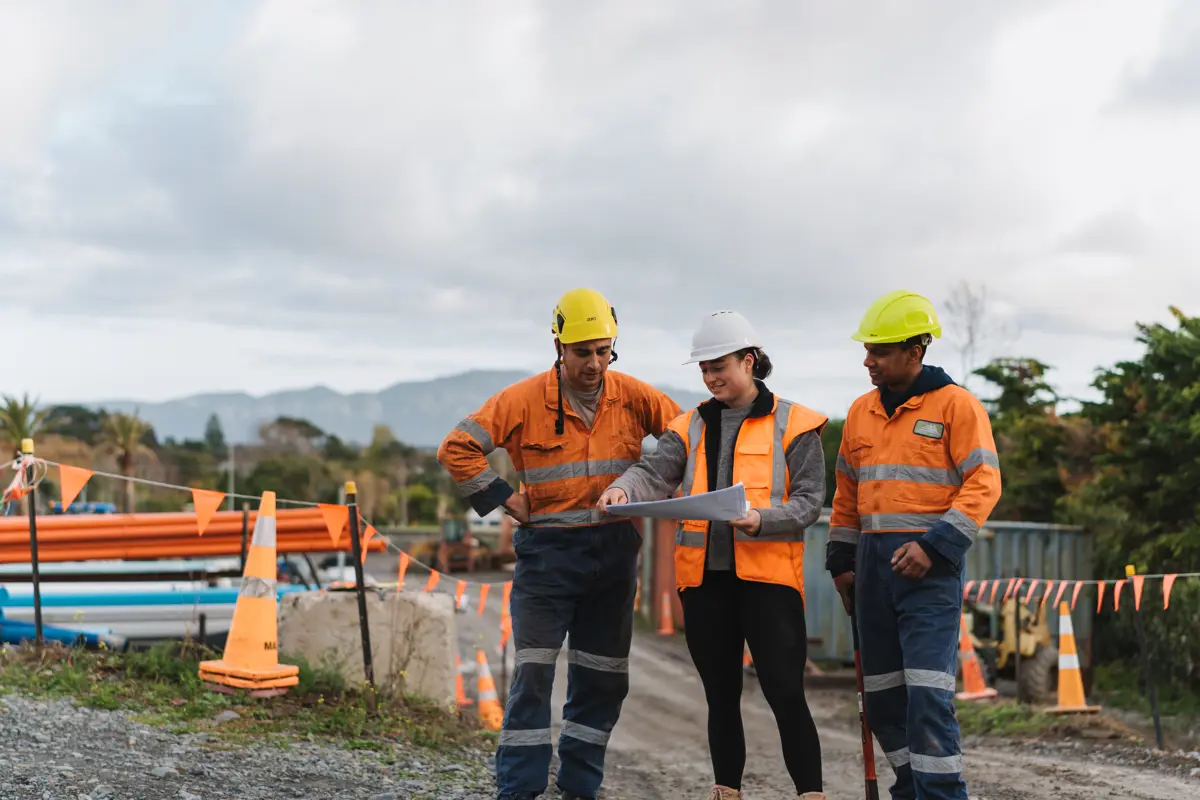
When Dave Mills and Lisa Mills-Albert moved to the Kāpiti Coast with a dream of starting an earthmoving company over two decades ago, business ownership wasn’t something either had under their belt.
Now, their company Mills Albert Limited is one of the most successful earthmoving and forestry businesses in the Wellington region, employing around 120 staff and covering multi-million-dollar projects between Taranaki and the Wairarapa.
